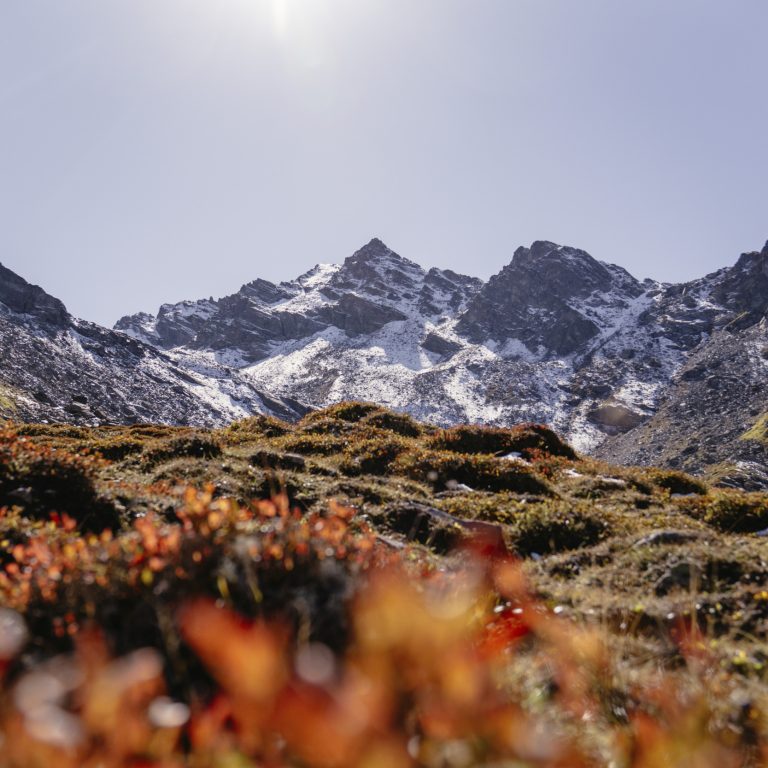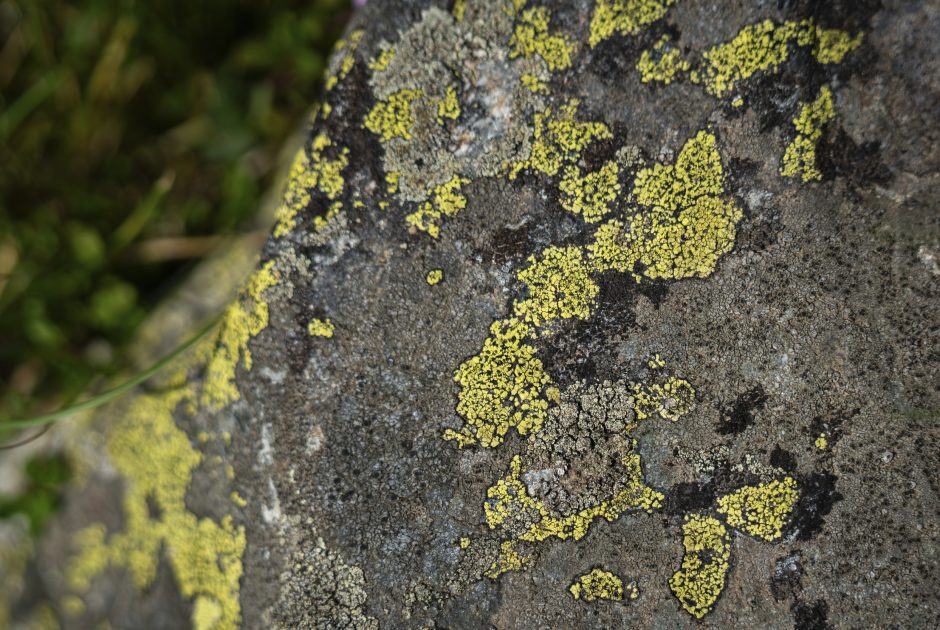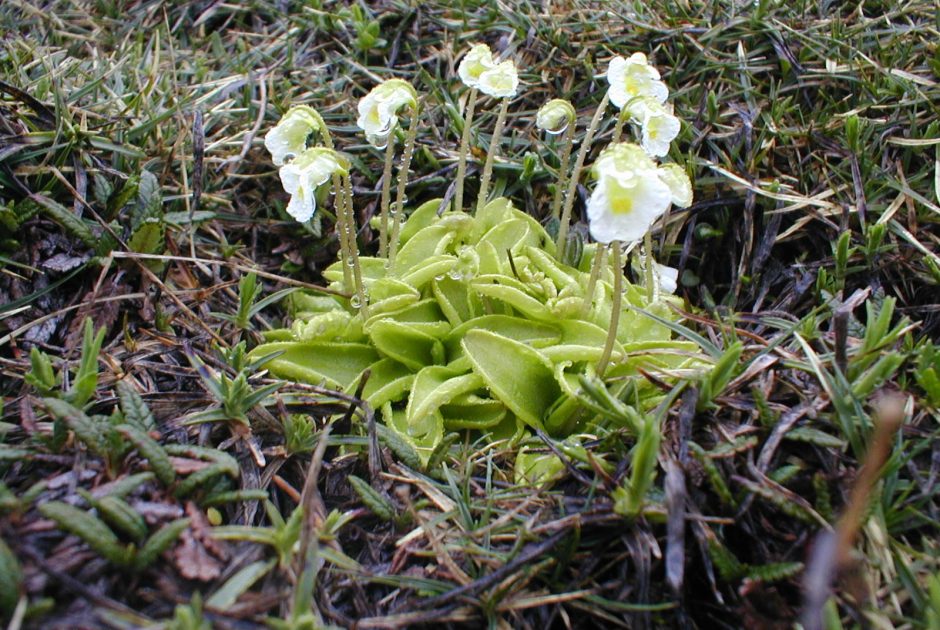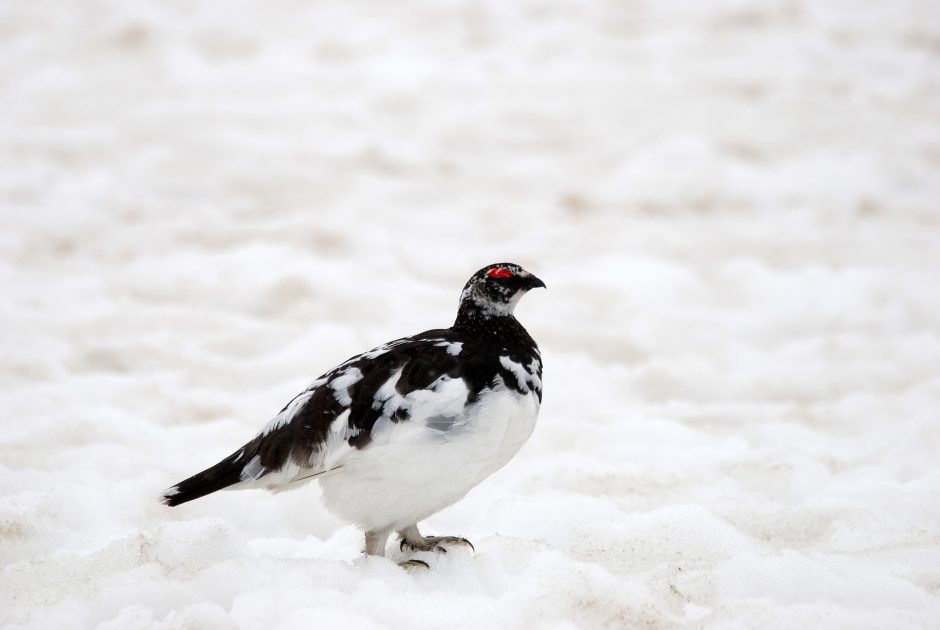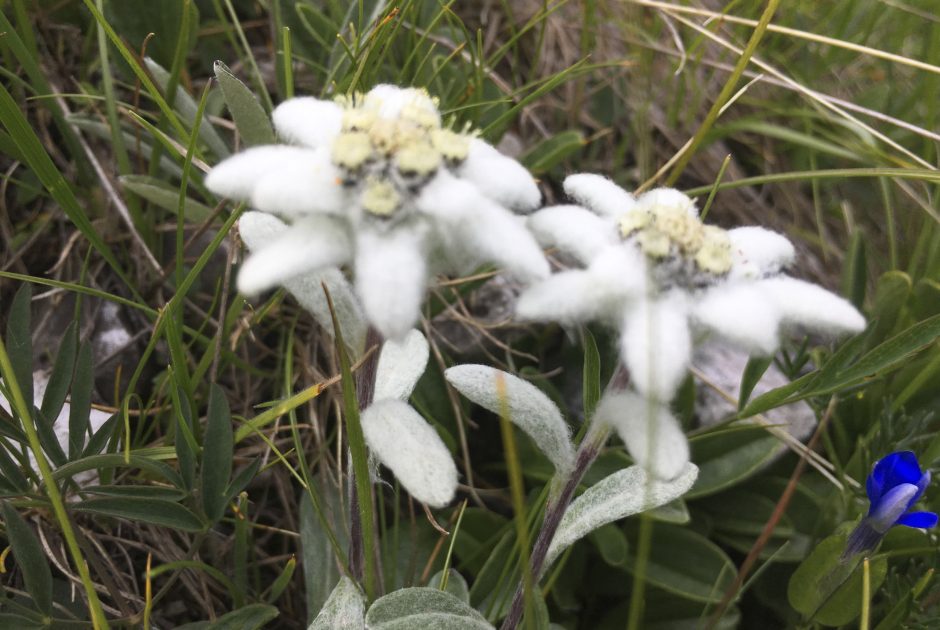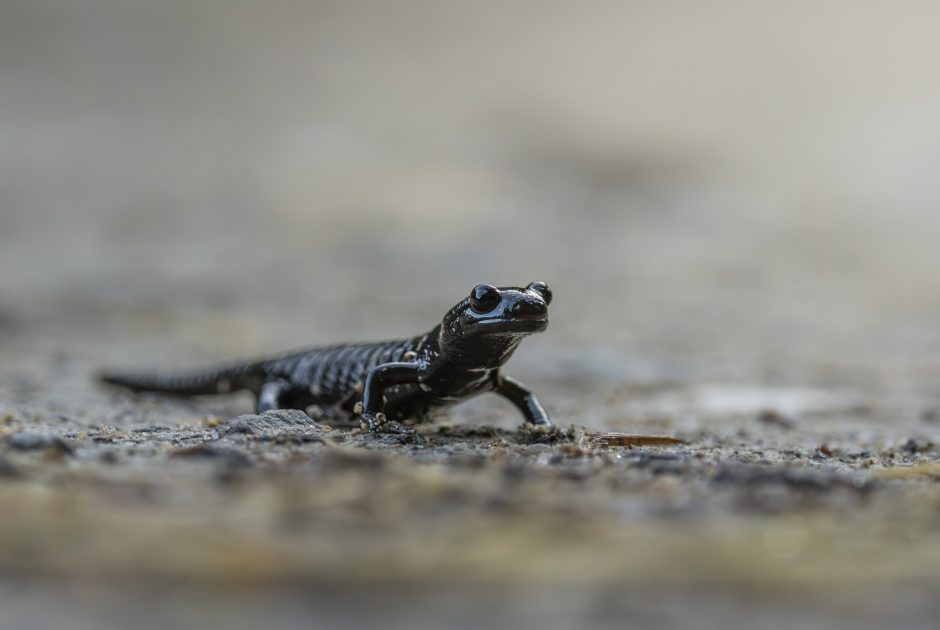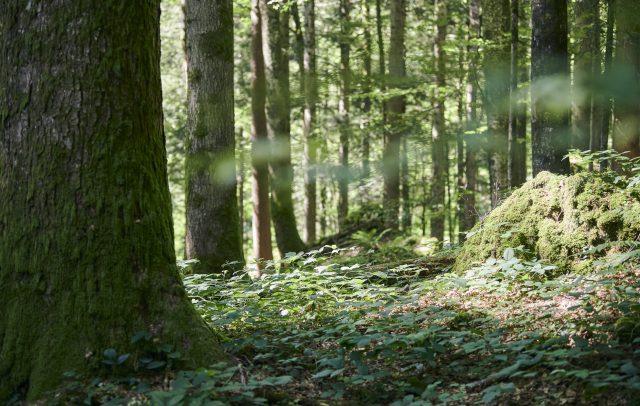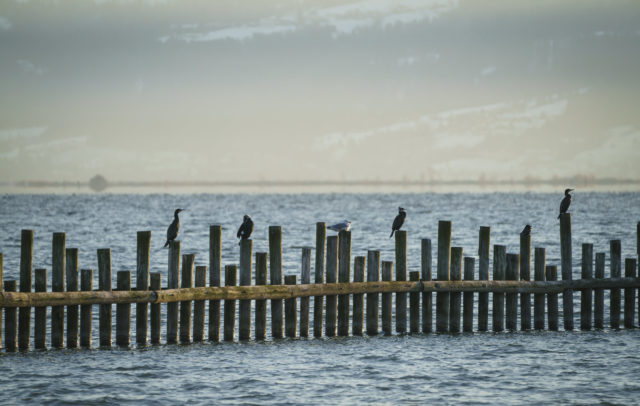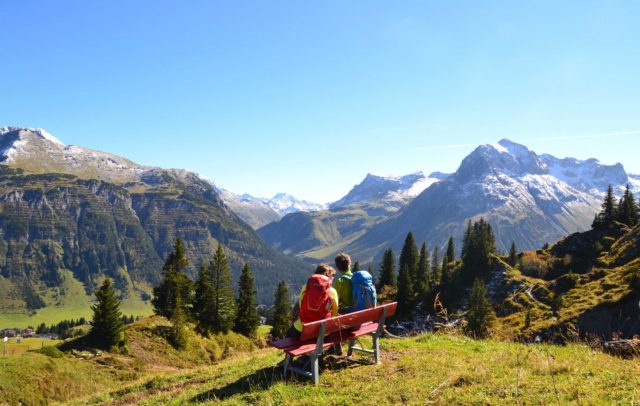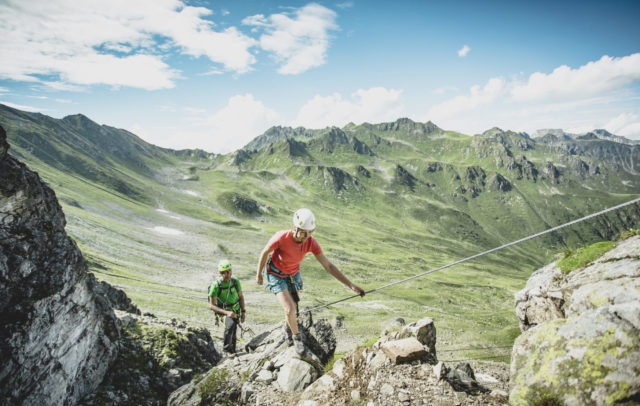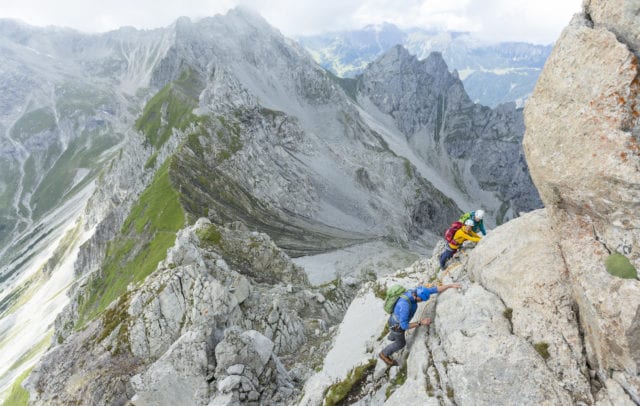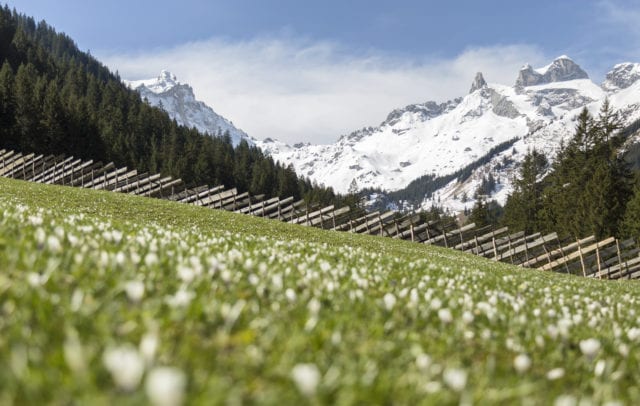Nature tips Vorarlberg
Mountain habitat
While the mountains may appear wild and inaccessible, they are actually teeming with life.
Poor soils, high UV radiation, significant daily temperature fluctuations, strong winds, and long winters all characterise the mountain environment. While the mountains may appear wild and inaccessible, they are actually teeming with life. This Alpine region, with its lush meadows, rich biodiversity, and warm summer months, provides a unique habitat. A closer examination unveils a fascinating array of organisms that have successfully adapted to these challenging conditions.
The mountain habitats in Vorarlberg are amongst the last untouched natural areas in the region, supporting a diverse array of animal and plant species. Two-thirds of Vorarlberg’s land area is situated above 1,000 metres in elevation, with rocky habitats accounting for as much as 10% of the total area. This underscores that Vorarlberg is predominantly mountainous, and these habitats play a vital role in the region’s ecosystems. Here, a landscape of contrasts emerges, where living organisms have adapted to a varied living environment.
Alpine pasture farming is crucial at elevations between 1,500 and approximately 2,500 metres above sea level, as the diverse mountain meadows in Vorarlberg would not be as extensive without the gentle cultivation practices of past centuries. At higher altitudes, human influence diminishes. Here, rocky landscapes intersperse with mountain grasslands, providing habitats for specialised plants and animals. In this environment, one can encounter Ibexes, Golden Eagles, Edelweiss and Gentian flowers, as well as lesser-known species like the Wallcreeper, the Alpine azalea, and the world’s smallest tree, the Dwarf Willow.
In addition to the ecological factors, the geology of Vorarlberg’s mountains is worth noting. Five geological zones, each with distinct influences on the habitats, extend from south to north. These range from the Silvretta Crystalline in the south to the Northern Limestone Alps, including the Penninic and Helvetic zones, and finally the Molasse zone with its younger rocks in the northern Vorarlberg. This geological diversity serves as a foundation for the rich variety of species found in our mountain habitats, encouraging exploration of nature in Vorarlberg through captivating hikes.
Edelweiss and Cinquefoil
grow the steepest cliffs,
though it's rare to find them,
they are a treasure to behold.

